I'll bet you did not know that some of your plants have sports. Not the athletic kind, these sports are chance offshoots that are genetically different from the parent plant. Many sports have desirable characteristics—like an unusual flower color—but they can only be propagated by rooting or grafting a cutting.
One of the first sports I encountered was from a dwarf Chinese elm (Ulmus parvifolia ‘Hokkaido') which is native to Japan. A nursery owner in Lodi, Carl Young, had noticed odd growth on this elm. He propagated it, named it Ulmus parvifolia ‘Seiju' and patented it. It has become popular for bonsai.
When I visited the botanical gardens in Dublin, Ireland, I saw ‘Seiju' growing there in a bonsai pot. I was amazed that this tree had made its way around the world.
An elm often used in bonsai and a favorite of mine is the Catlin elm (Ulmus parvifolia ‘Catlin'). It was discovered by a bonsai artist named Catlin in Southern California and is another sport of the Chinese elm. The sport's leaves are smaller, shiny and often stay on the tree all year. It is extremely popular in bonsai and easy to propagate from cuttings.
Another wonderful sport is the Kingsville boxwood (Buxus microphylla ‘Kingsville'). It was discovered in 1913 on a conventional boxwood and became available to the public a few years after that. It is very slow growing—about a half-inch per year—and has tiny, compact leaves. I find that it propagates easily.
Kingsville boxwood prefers a shady location but does need some sun for photosynthesis. It should be kept outdoors even though the temptation is to bring it indoors. Mine do well outside during Napa Valley winters. It is important to keep it watered all year.
The dwarf Alberta spruce (Picia glauca ‘Conica'), a popular landscape tree, is also a sport. It was discovered growing in a forest in Canada in 1904. This slow-growing sport is widely available at nurseries. Occasionally, albeit rarely, it tries to revert to a full-size spruce. If you spot any fast-growing branches on your dwarf spruce, remove them at once.
I was surprised to learn that some familiar grocery-store fruits are also sports. The nectarine is a sport of a peach tree. The Red Anjou pear and Ruby Red grapefruit are sports as well.
When propagating sports, it is important to take a vegetative cutting from a branch or stem. If you attempt to propagate a sport from a seed, what will grow is likely the parent plant. Many commercial sports are patented by the person who found or propagated them.
A friend once brought home seeds from a wonderful Costa Rican lemon. The tree grew but the fruit it produced was inedible. I planted it in my garden as a landscape tree despite the lousy lemons.
Sometimes plants produce sports with variegated leaves. Hostas and philodendrons do this, and these beautiful variations are highly prized. Botanists theorize that the variegation might be caused by the plant not using the chemicals produced by photosynthesis. The variegation usually occurs on only one branch. If you propagate a cutting from that branch, you should get a variegated plant, although often it will revert back to the original plant over time.
Some of the best-known roses are sports. The ‘Blushing Pink' Iceberg rose is a sport of the conventional Iceberg, found growing in an Australian garden. Now the sport is grown all over the world.
If you discover a desirable sport in your garden, don't discard it. Try propagating it to see what it produces. Or take a cutting to the University of California Cooperative Extension office in Napa (address below) and talk to the people there about it. If you think others might want to grow it, you can patent it—an expensive process, to be sure, but with potential rewards if it sells.
Food Growing Forum: Join UC Master Gardeners of Napa County for a seminar on “Winter Seed Starting and Planning” on Sunday, February 12, from 3 pm to 4 pm via Zoom. Learn about selecting spring seeds, seasonal timelines for crops, succession planting, soil preparation, special supplies and tips for success. Register to receive the Zoom link: http://ucanr.edu/2023FoodForumFeb
Workshop: Join UC Master Gardeners of Napa County for a workshop on “Spring Garden Planning for Warm Weather” on Saturday, February 25, from 10 am to noon, at Las Flores Community Center, 4300 Linda Vista Avenue, Napa. Learn how to prepare your landscape for warmer weather, including cleanup, pruning, tool care, soil preparation and seed starting. The workshop will be indoors, with some outdoor activities if weather permits. Registration required: https://surveys.ucanr.edu/survey.cfm?surveynumber=39854
Library Talk: Join UC Master Gardeners of Napa County and Napa County Library for a free talk on “Success with Citrus Large and Small” on Thursday, March 2, from 7 pm to 8 pm via Zoom. Learn how to choose the best tree for your space, plus healthy growing techniques, fertilizing, managing pests, watering, protecting from frost and growing in containers. Register to receive the Zoom link: https://ucanr.edu/2023MarCitrusLibraryTalk
Help Desk: The Master Gardener Help Desk is available to answer your garden questions on Mondays and Fridays from 10 a.m. until 1 p.m at the University of California Cooperative Extension Office, 1710 Soscol Avenue, Suite 4, Napa. Or sSend your questions to mastergardeners@countyofnapa.org. Include your name, address, phone number and a brief description of the problem. For best results, attach a photo of the plant. You may also leave a voicemail message with the same information at 707-253-4143.
Attached Images:
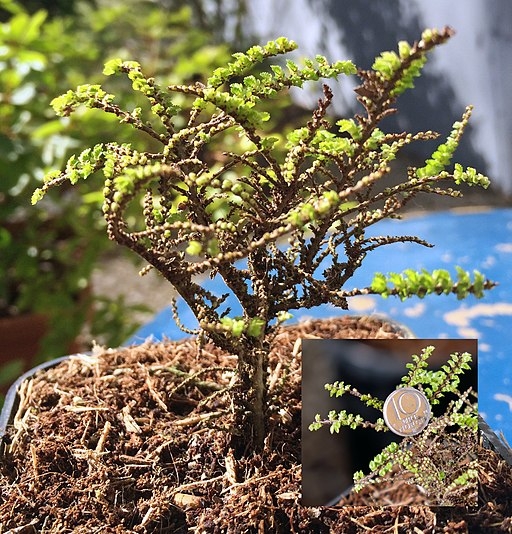
Ulmus parvifolia 'Hokkaido' (wikimediacommons.org -Th. Voekler)
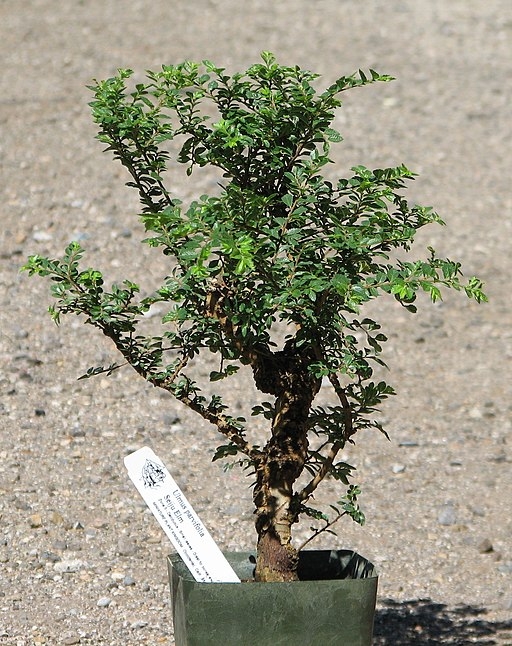
Seiju (wikimediacommons.org -Ragesoss)
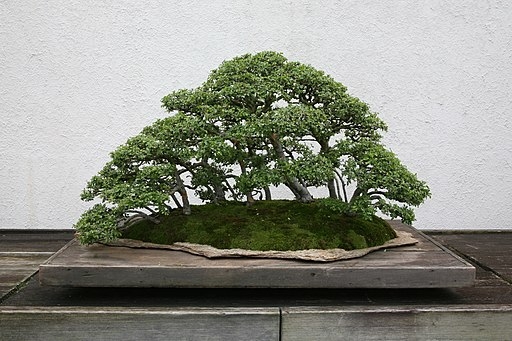
Catlin Chinese Elm (Ulmus parvifolia Catlin) wikimediacommons.org -Cliff
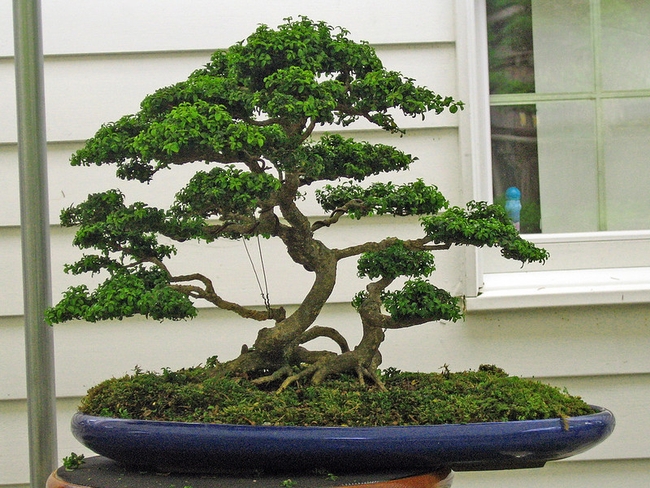
Kingsville boxwood (flikr.com -Mike)
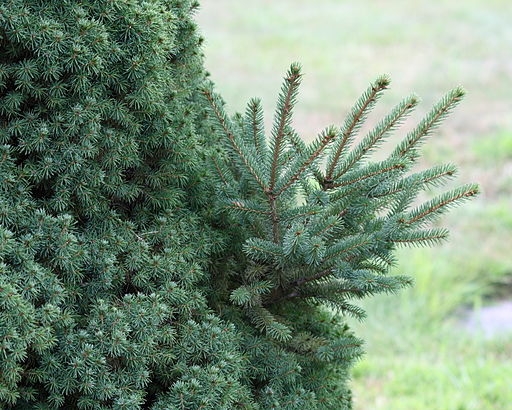
Foliage of a Dwarf Alberta Spruce (Picea glauca var. albertiana 'Conica'), with a branch showing reversion to the normal Alberta White Spruce growth habit (larger leaves and longer internodes). (wiki